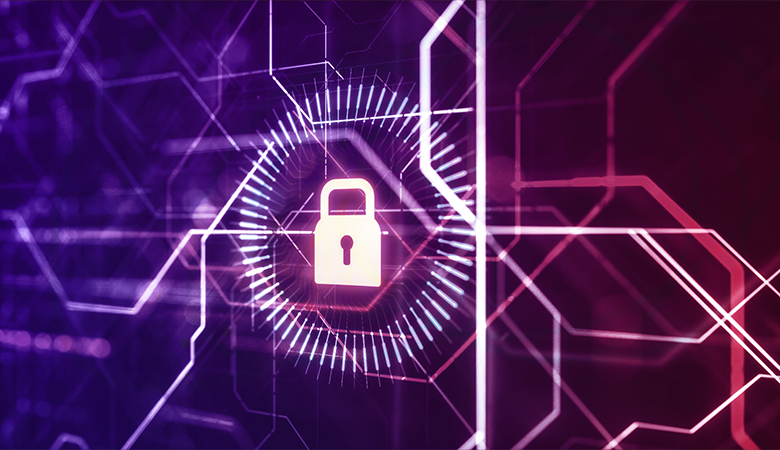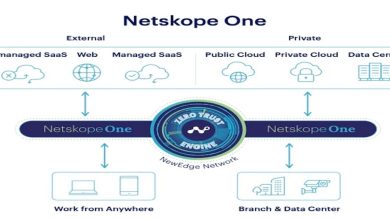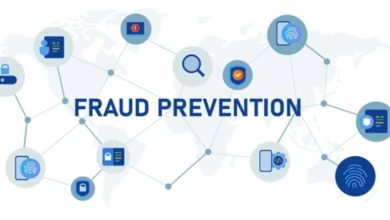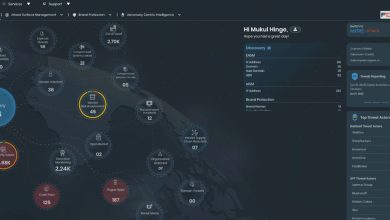Cybersecurity is Protecting Grid Modernisation

By: Matthew Borst, Keysight Technologies
Digital systems, especially ones as crucial as the energy grid, require rigorous cybersecurity measures to protect against unwanted intrusion and to ensure operation continues. Integrating cybersecurity is critical to grid modernisation as this shift is reshaping how the world generates, distributes, and consumes electricity.
Grid modernisation is focused on transforming the current electrical energy infrastructure to meet the demands of the 21st century and beyond. This change of the grid and energy industry is complex and ongoing. Collaboration between utilities, technology companies, policymakers, and consumers is essential to overcome the challenges and seize the opportunities presented by grid modernisation. Key to this transition will be the integration of multiple technologies into the energy grid, including cybersecurity.
History of cybersecurity in the power grid
The implementation of cybersecurity into the power grid is a relatively recent development, driven primarily by the increasing digitisation and connectivity of critical energy infrastructure. Early power grids were analogue systems protected by traditional security measures, such as physical barriers and guards, to protect infrastructure from physical threats. The advent of Supervisory Control and Data Acquisition (SCADA) systems in the 1970s and 1980s marked a significant shift toward digital control of the power grid.
Early cyberattacks began to emerge in the late 20th century, but they were primarily isolated incidents with relatively limited impact on critical infrastructure or the grid. The 21st century has seen multiple significant power grid cyberattacks, including the Stuxnet Worm in 2010, the Ukrainian power grid attacks in 2015-2016, and the RedEcho attacks on India’s power grid in 2020. This dramatic increase in targeted cyberattacks highlights the potential for severe consequences if the power grid is compromised. As the threats continue to evolve, ongoing efforts are necessary to ensure the resilience and security of this critical infrastructure going forward.
Cybersecurity measures protecting the grid
Grid modernisation has created a more connected energy ecosystem than ever before, with new stakeholders and technologies being integrated into the grid. Numerous cybersecurity measures are being implemented to mitigate the risks of this complex network, including:
Technological measures
- Network segmentation is dividing the grid into smaller, isolated segments to limit the spread of malware and cyberattacks.
- Intrusion detection systems (IDS) monitor network traffic for suspicious activity and can alert operators to potential threats.
- Firewalls act as barriers between the grid’s internal network and the external internet, filtering incoming and outgoing traffic.
- Encrypting data transmitted throughout the grid, both on internal servers and the cloud, can protect it from unauthorised access.
- Patch management ensures software and firmware are regularly updated with security patches to address vulnerabilities.
- Multi-factor authentication (MFA) requires multiple forms of identification to strengthen access control.
Operational security
- Security awareness training educates grid personnel about cybersecurity threats and best practices to help prevent human errors.
- Developing and regularly testing incident response plans can ensure a swift and effective response to cyberattacks.
- Conducting periodic security audits and assessments can identify grid vulnerabilities and weaknesses.
- Ensuring the security of the supply chain for grid components can help prevent the introduction of malicious hardware or software into the system.
Regulatory frameworks
- Organisations like the National Institute of Standards and Technology (NIST) and the European Network of Transmission System Operators (ENTSO-E) provide cybersecurity standards and guidelines for the power industry. These organisations help develop standards guidelines to be adopted across the industry.
- Grid operators are subject to regulatory requirements that mandate specific cybersecurity measures to ensure system security.
- International cooperation and collaboration also helps address cross-border cybersecurity threats.
Emerging technologies
- Artificial intelligence (AI)-powered tools can detect and respond to threats more quickly and effectively than current systems.
- Blockchain technology provides a secure way to record and verify data as it travels across the network.
By combining these measures, the power industry can significantly enhance the cybersecurity of modern, connected grids — protecting critical infrastructure and ensuring reliable energy generation and distribution.
Benefits and challenges of cybersecurity for grid modernisation
Utility providers benefit from increased system resilience that enhance the grid’s ability to withstand and recover from disruptions. Cybersecurity can optimise grid operations by protecting critical infrastructure and enabling efficient data exchange throughout the network. A secure environment also encourages innovation and the adoption of new technologies, such as smart grid solutions and other sustainable advancements.
Users benefit as strong cybersecurity measures can help prevent disruptions caused by cyberattacks, ensuring a stable and reliable power supply. Protecting sensitive grid data, such as customer information and operational data, is also essential for maintaining trust and compliance in a modernised power grid.
Some challenges remain for advancements to be implemented. Modern grids are increasingly complex, with interconnected systems and numerous vulnerabilities. This complexity makes it difficult to ensure comprehensive cybersecurity throughout the entire grid. Cyber threats are also constantly evolving, making it challenging to stay ahead of new attacks and vulnerabilities. Implementing and maintaining robust cybersecurity measures can be expensive, requiring significant investments in technology, personnel, and processes. This expense challenge is furthered as there is a shortage of cybersecurity professionals with the expertise needed to protect this critical infrastructure.
Addressing these challenges will be crucial for the security and resiliency of the power grid moving forward. While grid modernisation presents challenges, the benefits of this transformation are necessary to ensure a secure and sustainable energy supply for the future.
The Road Ahead
The transformation of the grid and energy industry is complex and ongoing. The full potential of cybersecurity for grid modernisation can be realised by implementing system-wide security measures, developing innovative technologies, and collaboration between industry stakeholders. This will ensure the world can create a more resilient, efficient, and reliable energy grid for the future.




